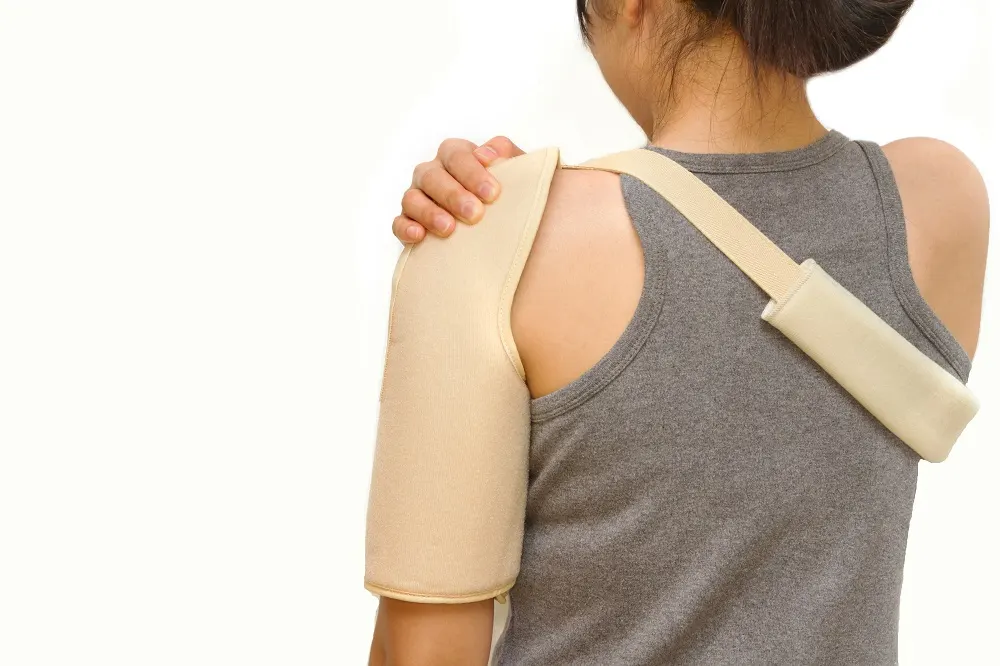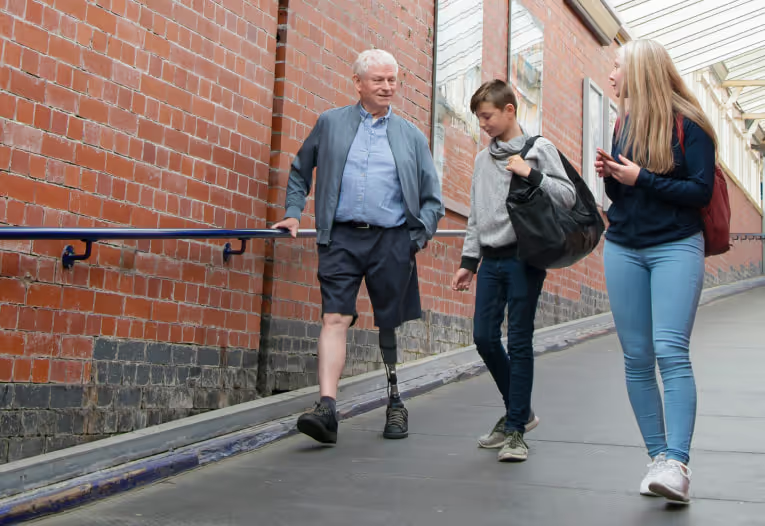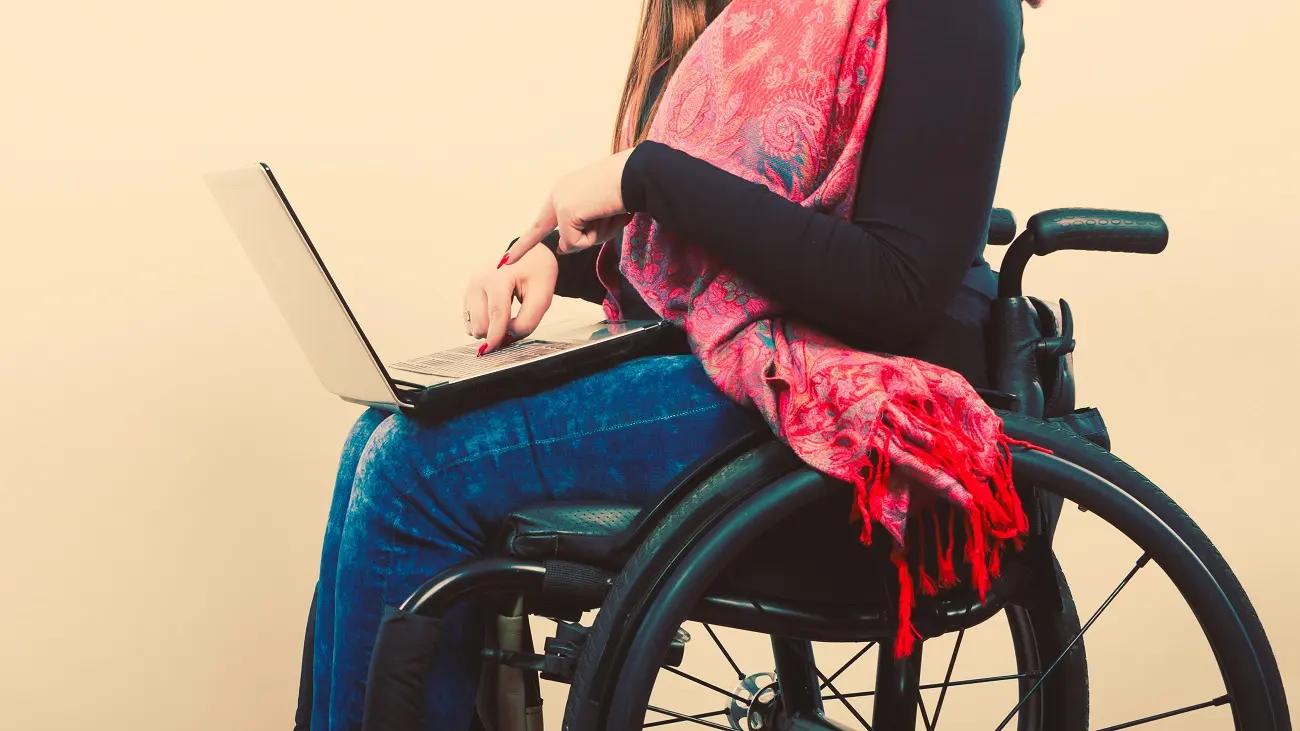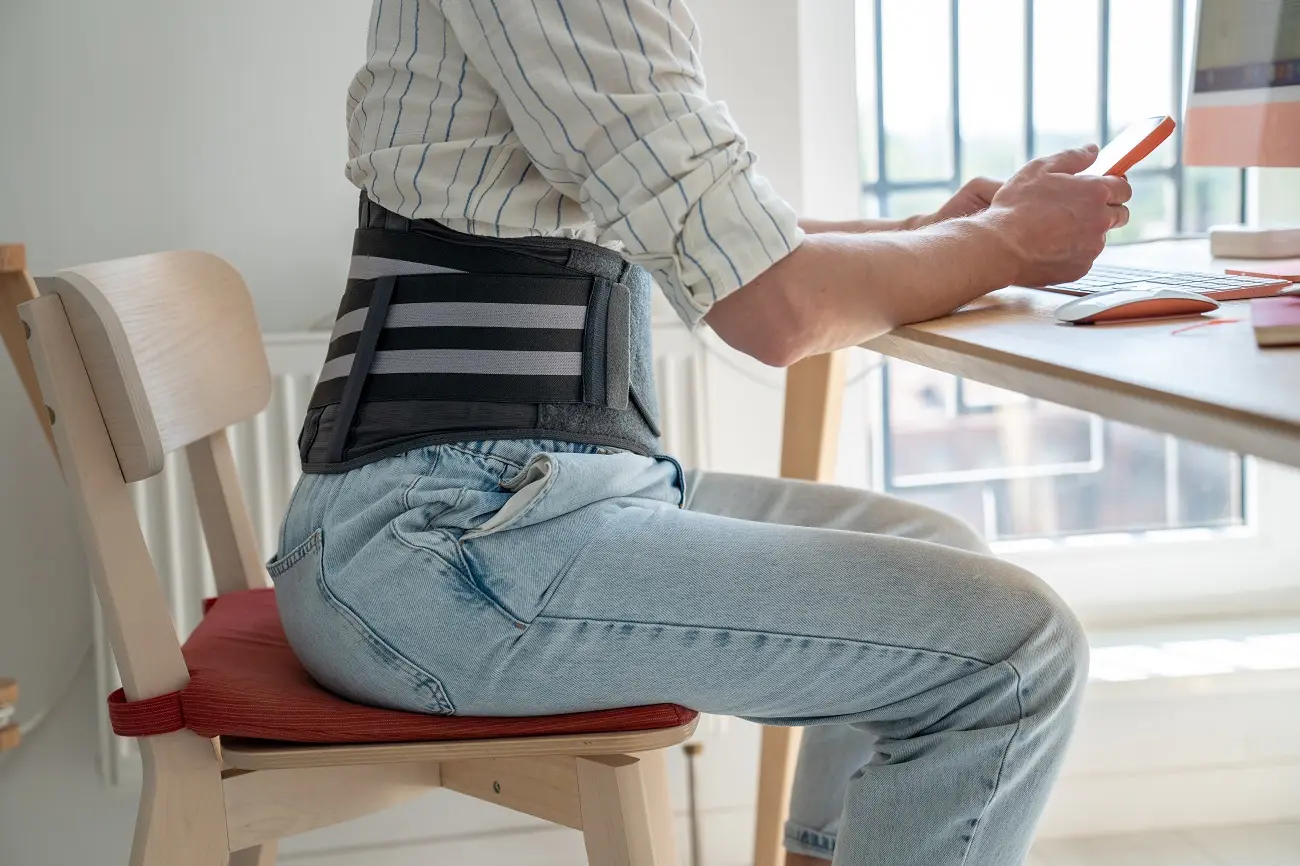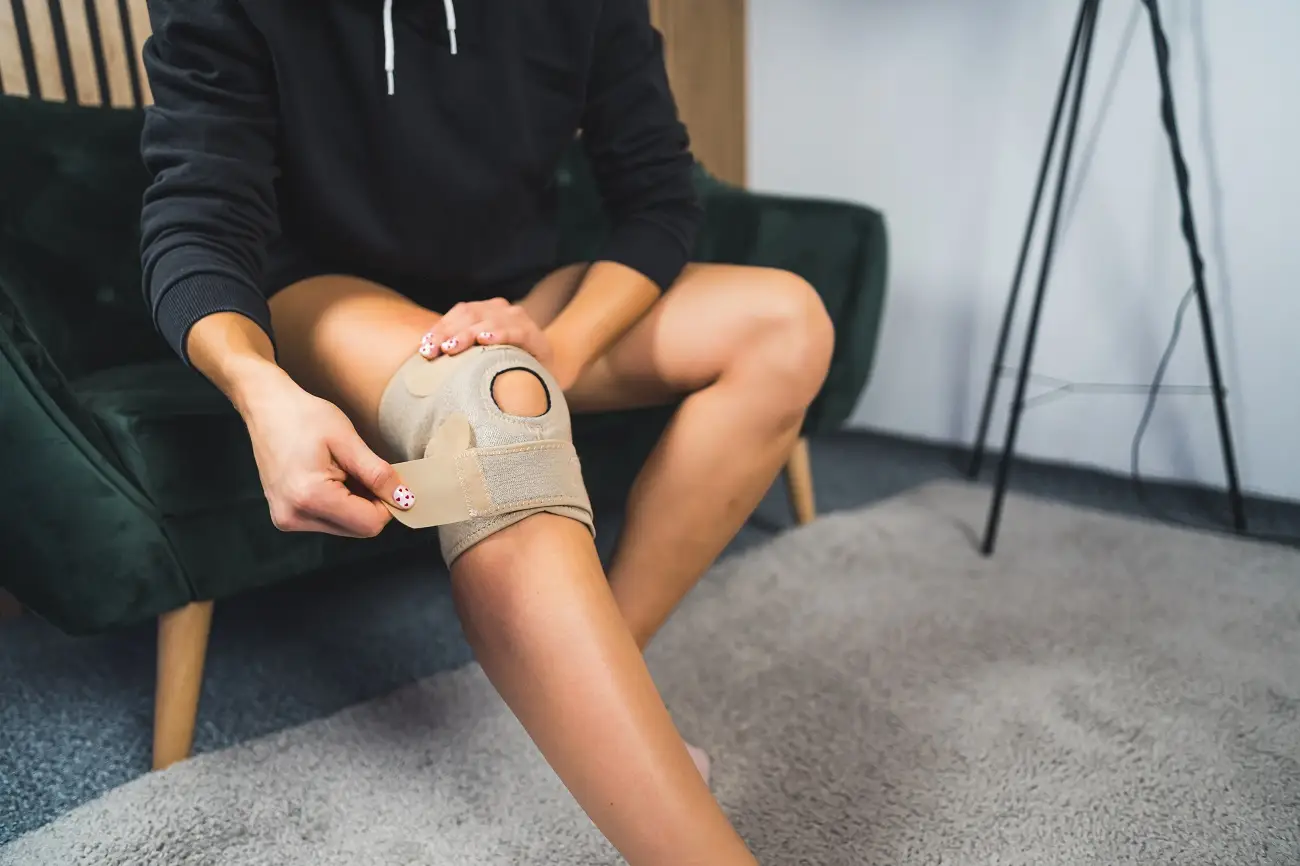In short, absolutely! A shoulder brace can make a difference when you're dealing with a torn rotator cuff. These specialized supports stabilize your injured shoulder, reduce the pain, and protect against movements that could worsen the tear. This happens through targeted compression that boosts blood flow to damaged tissues while keeping everything properly.
At PrimeCare, we've been helping New Mexico residents recover from rotator cuff injuries with custom-fitted shoulder support braces that genuinely work. Our team knows exactly how to match you with the right brace for your specific tear pattern — because when it comes to shoulder injuries, one size doesn't fit all.
What Is a Rotator Cuff Tear?
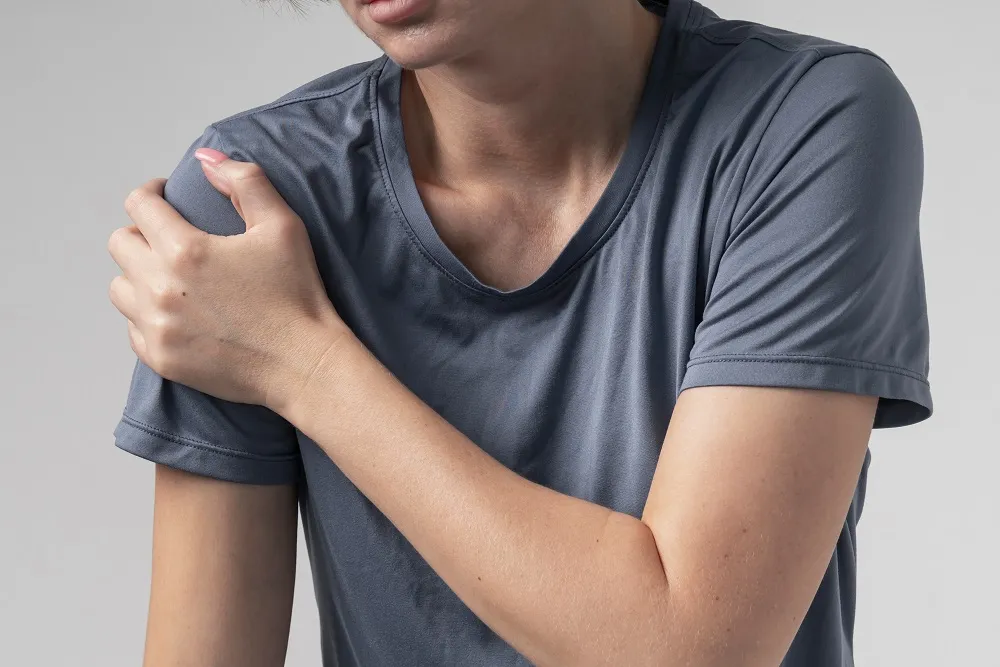
The rotator cuff is a group of four muscles and tendons that attach the shoulder blade to the upper arm bone, forming a protective sleeve around the shoulder joint. When these tissues become damaged or torn, the resulting injury can range from minor fraying to complete separation, affecting your ability to lift, rotate, or stabilize your arm.
Your rotator cuff takes a beating daily, and various factors can lead to these frustrating injuries:
- Repetitive overhead activities like painting, carpentry, or serving tennis balls
- Acute trauma from falls, accidents, or sudden jerking motions
- Age-related degeneration after decades of faithful service
- Bone spurs that act like sandpaper against tendons
- Poor blood flow that makes shoulder tissues brittle
- Previous shoulder injuries that set the stage for new damage
Your body has clear ways of signaling rotator cuff damage, and ignoring these symptoms only makes things worse:
- Weakness that makes lifting everyday objects feel impossible
- Crackling or popping sensations in your shoulder
- Sleepless nights searching for a comfortable position
- Shrinking range of motion
- Pain shooting down your arm
- Inability to hold objects at certain angles
- Visible muscle wasting in advanced cases
If left untreated, partial tears evolve into complete ruptures, transforming a manageable problem into a surgical emergency. That's why catching these symptoms early and getting proper support makes all the difference.
Treatment Options for Rotator Cuff Tears
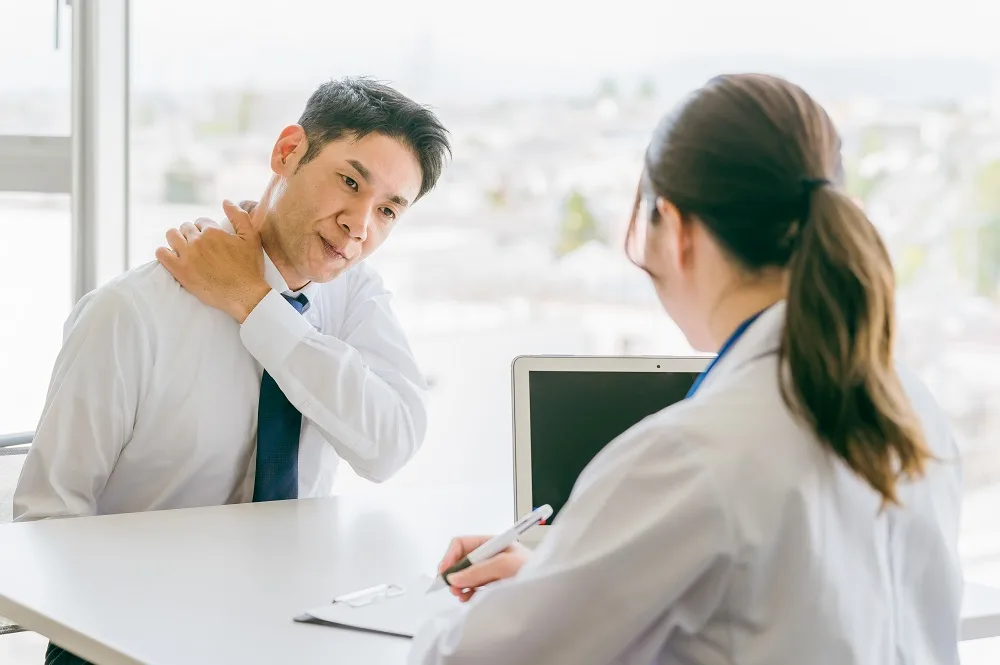
Here's some encouraging news: a lot of rotator cuff injuries heal without going under the knife, though patience is part of the package. In some cases, recovery can stretch up to a year. However, you have options, and the right combination can get you back to living life without wincing every time you reach for something.
Smart treatment plans rarely rely on just one approach. Think of it like assembling a recovery toolkit; each piece plays an important role in a larger overall treatment approach.
Conservative Management
Non-surgical treatments are the foundation of rotator cuff tear recovery:
- Rest and activity modification: Avoiding aggravating movements while maintaining gentle motion.
- Anti-inflammatory medications: Reducing swelling and managing shoulder pain.
- Ice pack therapy: Applying cold therapy for 15–20 minutes several times daily.
- Heat pack applications: Using warmth to improve blood flow and flexibility.
- Targeted strengthening exercises: Building supporting muscle groups.
Shoulder Braces and Support
A quality orthotic serves as a cornerstone of conservative treatment. These devices provide external support that removes pressure from damaged tissues while allowing controlled movement. The compression and stabilization significantly reduce pain by limiting movements that trigger discomfort and preventing the injured area from bearing excessive loads. Many shoulder braces offer adjustable compression levels, letting you customize support based on daily activities and pain levels.
The immediate pain relief often surprises patients — simply preventing unwanted shoulder movement can transform constant aching into manageable discomfort. Your doctor may recommend starting with maximum support immediately after injury, then gradually reducing restriction as healing progresses.
Physical Therapy
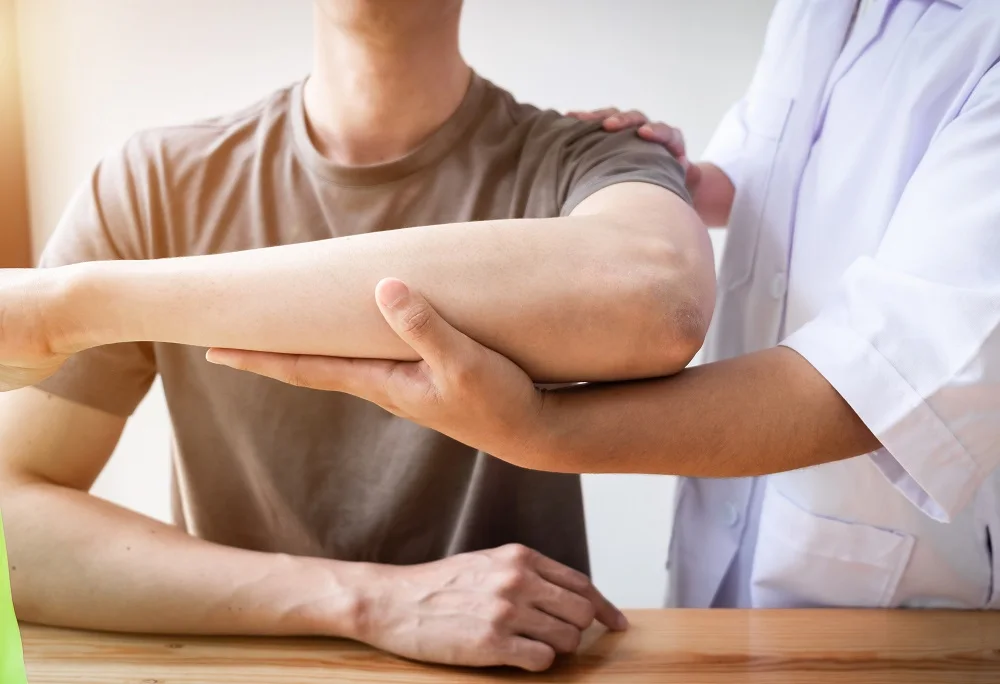
Another key factor in recovery is structured rehabilitation. Therapists design programs that progressively restore function while protecting healing tissues. Your physio or doctor might recommend strengthening exercises tailored to your injury pattern and recovery goals.
Injection Therapies
For persistent inflammation and pain, healthcare providers may recommend:
- Corticosteroid injections for temporary relief
- Platelet-rich plasma therapy to promote healing
- Hyaluronic acid injections for improved joint lubrication
Surgical Intervention
If conservative measures prove insufficient, rotator cuff surgery becomes necessary. A complete tear may be more complicated and often requires surgical repair to restore function. Post-operative care typically involves wearing specialized shoulder braces to protect the repair during healing.
Complementary Approaches
Many patients find additional relief through:
- Acupuncture for pain management
- Massage therapy to address muscle tension
- Postural training to reduce strain
- Ergonomic workplace modifications
Brace Considerations for Rotator Cuff Injuries
Multiple factors go into selecting and using the right rotator cuff shoulder brace. Patients have varied needs at different stages of recovery, so there’s a diverse range of available options. From lightweight compression sleeves to rigid immobilization devices, each design serves specific therapeutic purposes.
The effectiveness of any brace or orthotic depends on its design in addition to proper selection, fitting, and consistent use according to professional guidance.
Types of Shoulder Braces for Rotator Cuff Injuries
There are many different types of braces available, but not all of them are right for every person. Understanding the options helps ensure optimal support:

- Compression braces: These provide mild to moderate support while allowing movement. Many shoulder braces in this category feature adjustable straps for a customized fit. These work well for mild tears, bursitis, tendinitis, and early-stage frozen shoulders.
- Immobilization slings: Following surgery or severe tears, these prevent movement to protect healing tissues. They position the arm away from the body at specific angles to minimize stress on repairs.
- Stabilization braces: The DonJoy Shoulder Stabilizer Brace is engineered to provide superior support and controlled range of motion for individuals recovering from shoulder injuries. These devices offer intermediate support between full immobilization and simple compression.
- Cold therapy systems: Combining support with temperature control, these braces incorporate ice packs or cooling units to manage inflammation while providing stability.
Key Brace Features to Consider
When evaluating shoulder support braces for rotator cuff tears, prioritize these elements:
- Adjustability: Look for multiple adjustment points accommodating swelling changes.
- Material quality: Breathable, moisture-wicking fabrics elevate comfort during extended wear.
- Pressure distribution: Well-designed padding prevents pressure points.
- Ease of application: One-handed operation becomes important for independent use.
- Versatility: Models fitting both shoulders offer value for bilateral concerns.
Proper Fitting and Usage Guidelines
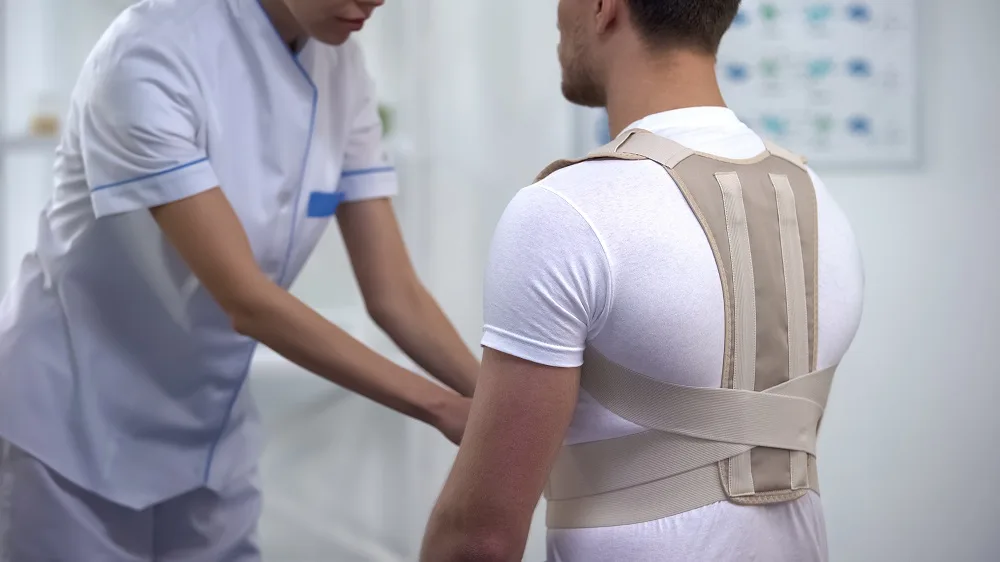
Maximizing brace effectiveness requires attention to detail:
- Consult with a healthcare professional or physical therapist to ensure your brace fits properly for optimal therapeutic benefit.
- Start with shorter wearing periods and gradually increase duration to minimize skin irritation and allow muscle adaptation.
- Regular inspection prevents pressure sores — rotate pressure points when possible, and maintain good hygiene beneath the brace.
- Understand which movements your specific brace permits, as some allow controlled motion while others require strict immobilization.
- Schedule follow-up appointments as healing progresses, as brace requirements change throughout recovery.
Special Shoulder Brace Considerations for Different Activities
Your daily routine doesn't stop for a rotator cuff injury, and neither should your brace’s adaptability. Different activities demand different support strategies, and the best brace for rotator cuff recovery flexes with your lifestyle needs:
- Sleeping in a recliner chair slightly tilted upwards reduces pressure while maintaining proper shoulder alignment.
- Recovery advancement may require brace modifications to accommodate physical therapy exercises and progressive mobility.
- Occupational demands influence brace selection — desk workers need different features than manual laborers.
- Athletes recovering from rotator cuff tears require specialized braces like the anaconda shoulder brace that balance protection with performance.
The Power of Shoulder Braces for Rotator Cuffs
Here's the bottom line: shoulder braces genuinely help torn rotator cuffs heal. They stabilize, compress, and protect, three things your injured shoulder needs. The research proves it, and our patients live it every day. While a brace won't magically repair torn tissue overnight, wearing the right one dramatically improves your odds of avoiding surgery.
At PrimeCare, we've spent years perfecting the art of matching New Mexico residents with shoulder braces that deliver real results. Our certified specialists don't just hand you a generic brace and send you on your way. Instead, we analyze your specific injury, measure precisely, and fine-tune the fit until it's just right. With over 30,000 patients served, we feel confident in our ability to help you navigate this process and regain your strength. Ready to stop babying that shoulder and start healing? Contact us today and discover how the right shoulder brace can fast-track your recovery!

.svg)
.svg)




